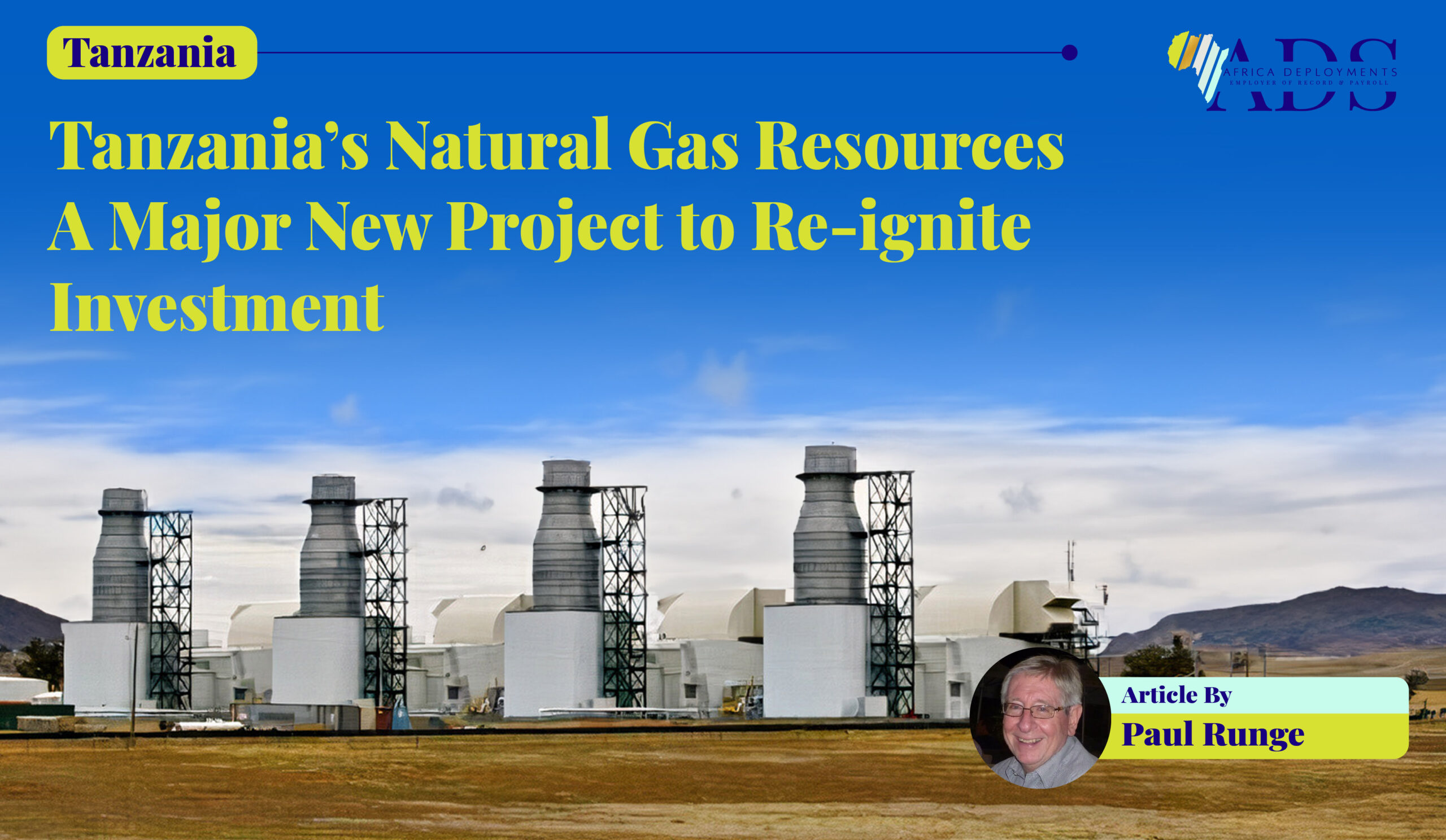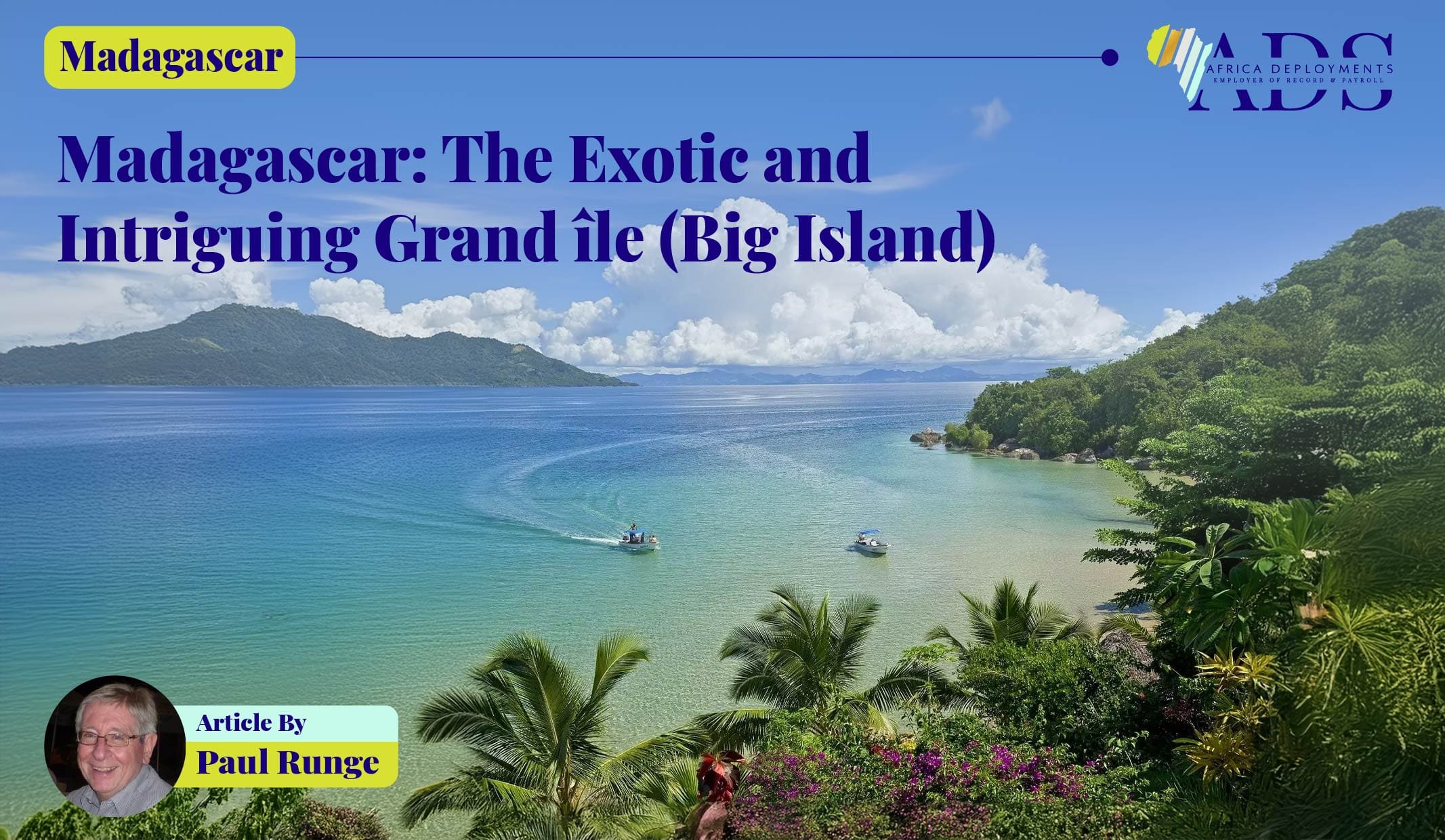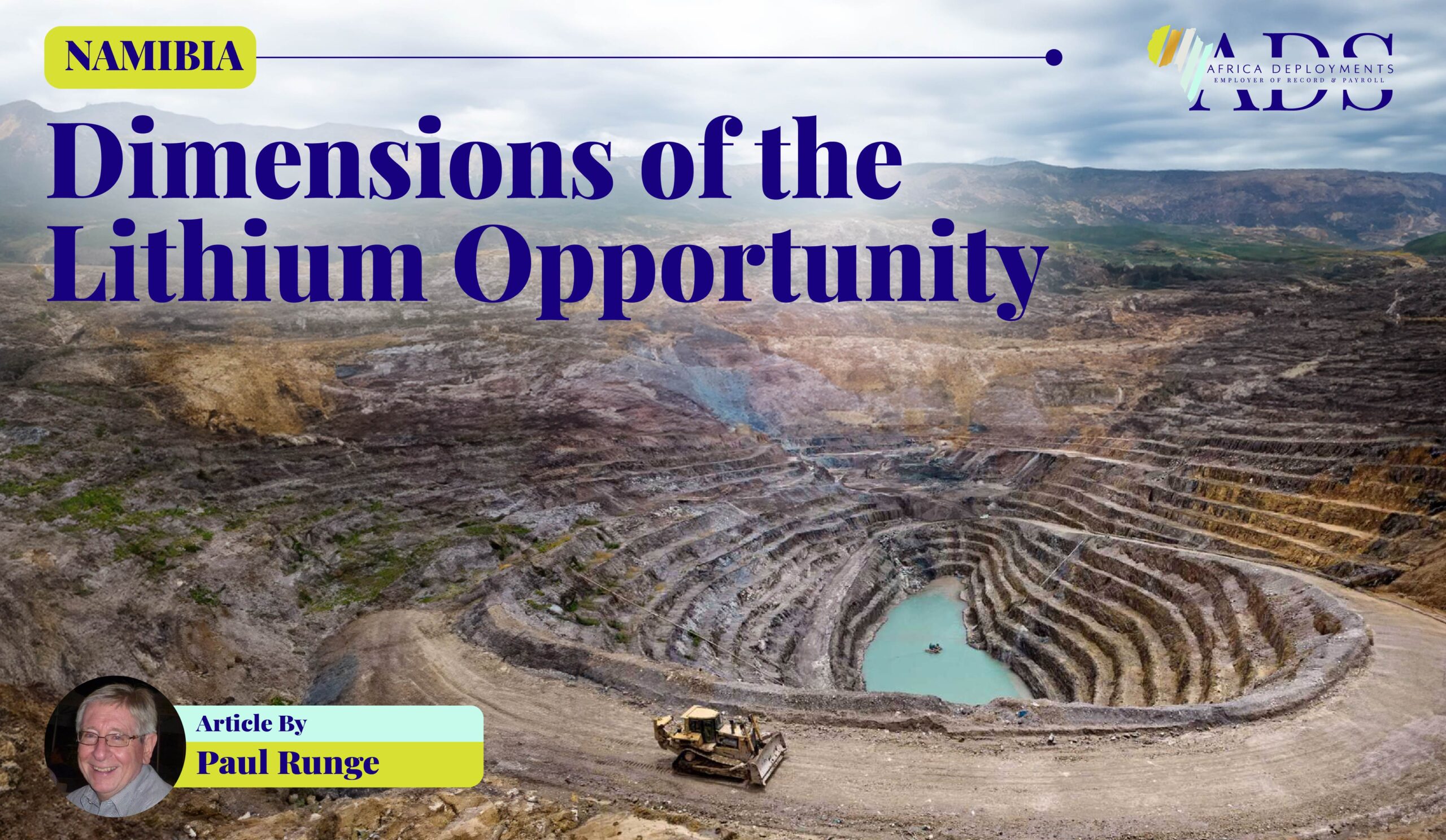
Tanzania’s Natural Gas Resources A Major New Project to Re-ignite Investment
The strategic importance of natural gas…
Natural gas is viewed by many analysts as an important ‘transition fuel’ for the mitigation of greenhouse gas emissions as countries wrestle with diminishing fossil fuel use. However, it is so much ‘cleaner’ than coal and fuel that it could also be considered an energy source for long-term usage. Tanzania and Mozambique are two countries endowed with large natural gas resources.
I have had the privilege of leading business missions to the Mtwara/Mnazi Bay region of southern Tanzania as well as the Palma area of northern Mozambique to evaluate opportunities arising from the natural gas finds in both areas.
A huge gas find and the split between Tanzania and Mozambique…
The Rovuma (sometimes written Ruvuma), River that runs into the Indian Ocean marks the border between Tanzania and Mozambique. Around 2010, a major natural gas find in the deepwater Rovuma Basin off the coasts of southern Tanzania and far northern Mozambique was announced. Estimates of the total reserve differ, but appear to be well over 200 trillion cubic feet (TCF).
With regard to the larger Mozambican resource component, much attention is currently being paid to Mozambique’s three major liquefied natural gas projects in Cabo Delgado Province in the far north of the country. There is considerable excitement, debate, and conjecture around when ExxonMobil and Total Energies will commence their onshore operations following delays caused by the insurgency attacks in the Afungi peninsula.
While Mozambique has an estimated natural, deepwater, recoverable natural gas resource in the Rovuma Basin of an estimated 180 TCF, neighbouring Tanzania has approximately 57 TCF of recoverable gas, much of which is from its section of the Rovuma Basin.

The difference in gas experience between the two countries…
Tanzania has a longer experience of natural gas than its southern neighbour, where two major Rovuma Basin projects await final launching. (Although gas production from the Temane and Pande fields in central Mozambique began from 2004.)
Oil and gas exploration began in Tanzania in the early 1950’s. The first natural gas discovery in 1974 was at Songo Songo island. This resource was commercialised in 1982, when gas purification plants were installed, and a 247-kilometre pipeline from the island to Dar es Salaam was completed. The Ubongo power plant in Dar es Salaam was revamped and converted from heavy fuels to natural gas utilisation. The Songas consortium began commercial operation of this plant in 2004. In 2011, the station was upgraded with the installation of additional gas turbines, and now has an installed capacity of 100 MW. In 2016, the first gas was produced from the Kiliwani North field situated adjacent to Songo Songo. In 1982, the Mnazi Bay onshore gas field in the Rovuma Basin was discovered. Construction of the 542 kilometer onshore Mtwara-Dar es Salaam natural gas pipeline began in mid-2013, and the project was commissioned in October 2015.
The Mtwara gas dream that did not happen…
“Mtwara will be the new Dubai.” This is what a Tanzanian government official told me ten years ago when I undertook my first visit to Mtwara to investigate the country’s potential from its gas resource. Optimism was high and there was much excitement around numerous projects. These included a 400 MW gas-fired power plant with hundreds of kilometres of transmission lines, major expansion of Mtwara’s port and airport, establishment of a large industrial zone. The area was going to develop into a major resource frontier.
The repair of the old town of Mtwara was another project of that optimistic time. My business mission delegates and I stayed at the Old Boma hotel, an old fort built by German colonials in 1895. The eleven-room hotel was being revamped as were other historic building in the town, including the old Postamt (post office). The average daily temperature was over thirty degrees, and it was fortunate that Old Boma had a large swimming pool. To escape the heat, we held our own planning meetings and evening sundowner drinks sessions sitting in its refreshing waters. The clever Germans had mercifully constructed their fort on a hill overlooking the bay where it could catch the cooler sea breeze.
Then the global gas prices fell, and much to the disappointment of the local communities, the promised initiatives did not materialise.

A new regime and gas aspirations are revived…
A good number of oil and gas companies have been involved in the development of the country’s gas sector, including Shell, ExxonMobil, Equinor, Ophir and Pavillion. Then around 2019, the discussions between the government and investors stalled, as did new gas project developments.
In early 2021, Samla Suluhu Hassan became Tanzania’s first female president and things began to move again. Talks with companies resumed, and work began on a Host Government Agreement to establish a legal, fiscal, and commercial framework aimed at encouraging foreign investment. A new minister of energy was appointed. Governmental fact-finding missions were sent to countries with gas industry experience such as Indonesia. 2023 has been declared as the year for renewed gas project development.
And now the announcement of a major new gas beneficiation project…
2025 expects to see the final investment decision for a liquefied natural gas export terminal near Lindi on Tanzania’s southern coast, a little north of Mtwara. Interest in the long-mooted project has recently been revived following an agreement between the Tanzanian government and Shell, ExxonMobiland Equinor. A detailed engineering design will be undertaken. This is a major project that could cost well over the originally mentioned US$ 30 billion.
The project will generate considerable support infrastructure work. Apart from the drilling and development of wells in the deep offshore fields, subsea pipelines will have to be laid. LNG trains will be developed at the LNG processing plant.

Still much to be done to ensure that Tanzanians obtain maximum benefit…
Despite Tanzania’s historic experience of natural gas, there is still much to be done to maximise Tanzanian participation and benefit from the renewed gas initiative. Apart from formulating the legal framework, special emphasis must be placed on technical and vocational training so that investing companies employ as many appropriately skilled local staff as possible. The mistakes historically made by other African countries that experience new resource wealth should be avoided.
The gas ‘boom’ should not in the end, turn out to be gas ‘doom’ for Tanzania.





